Home>Articles>When Was The First Digital Alarm Clock Invented
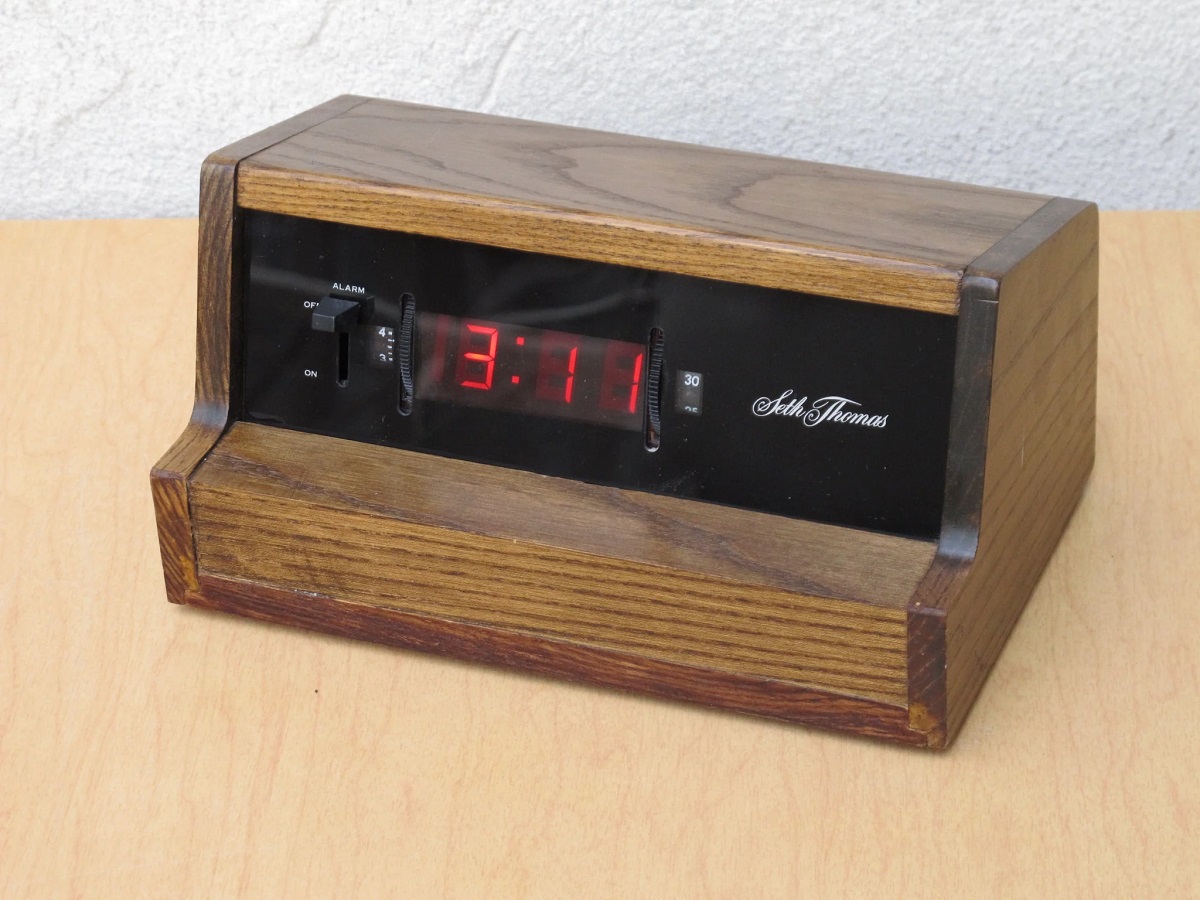

Articles
When Was The First Digital Alarm Clock Invented
Modified: May 6, 2024
Discover the history of digital alarm clocks in our informative articles. Learn when the first ever digital alarm clock was invented and how it revolutionized timekeeping.
(Many of the links in this article redirect to a specific reviewed product. Your purchase of these products through affiliate links helps to generate commission for Storables.com, at no extra cost. Learn more)
Introduction
The alarm clock is a ubiquitous presence in our lives, waking us up to face the new day. While alarm clocks have been around for centuries in various forms, it was the invention of the digital alarm clock that revolutionized timekeeping in the modern era. In this article, we will explore the fascinating history of the digital alarm clock, from its humble beginnings to its widespread use today.
Before the advent of digital alarm clocks, early civilizations relied on rudimentary methods of timekeeping. The ancient Egyptians used sundials to track the movement of the sun across the sky, while the ancient Greeks developed water clocks – devices that measured time based on the flow of water from one container to another. These early timekeeping devices formed the foundation for the development of more advanced mechanisms.
Mechanical alarm clocks emerged in the 15th century as a response to the need for a more precise and dependable means of waking up. The first mechanical alarm clocks employed a system of gears and springs to trigger a bell or hammer at a predetermined time. These clocks were typically large and expensive, making them accessible only to the wealthy.
The invention of the digital alarm clock was a significant milestone in timekeeping technology. It marked a shift from mechanical components to electronic ones, introducing greater accuracy and convenience for the average consumer. Digital alarm clocks used numeric displays, typically LED or LCD, to indicate the time and featured built-in alarms that could be easily programmed.
The early digital alarm clock prototypes were bulky and expensive, making them out of reach for most people. However, advancements in technology and mass production techniques quickly made digital alarm clocks more affordable and accessible. In 1972, the first commercially available digital alarm clock, the “LED-5000,” was introduced by the JVC company. This marked the beginning of a new era in timekeeping devices.
The rise of digital alarm clocks had a profound impact on society. Their compact size and affordability made them popular household items, replacing traditional mechanical clocks in many homes. The introduction of features such as snooze buttons, radio alarms, and battery backups further enhanced their convenience and functionality.
Key Takeaways:
- The invention of the digital alarm clock revolutionized timekeeping, providing greater precision, convenience, and affordability compared to mechanical counterparts. Its impact has transformed our waking experience and integrated seamlessly into our daily lives.
- Digital alarm clocks have evolved to integrate with smart home systems, offer smartphone connectivity, and incorporate innovative wake-up techniques. These advancements have improved the overall waking experience and made mornings more enjoyable.
Read more: Where Was The Alarm Clock Invented
Early Timekeeping Devices
Before the invention of mechanical and digital alarm clocks, early civilizations devised ingenious methods to measure the passage of time. Two prominent examples of these early timekeeping devices are sundials and water clocks.
Sundials, one of the earliest timekeeping devices, have been used for thousands of years. They rely on the movement of the sun across the sky to indicate the time. The design of a sundial consists of a flat surface with a pointer, known as a gnomon, that casts a shadow onto a marked dial. As the sun moves, the shadow of the gnomon changes position, allowing people to determine the hour of the day.
Water clocks, also known as clepsydras, were used by ancient civilizations like the Egyptians, Babylonians, and Greeks. These clocks measured time based on the regulated flow of water from one container to another. A typical water clock consisted of two vessels connected by a tube, with water slowly dripping from the higher vessel into the lower one. The passage of time was determined by the level of water in the lower vessel, which corresponded to specific intervals or markers.
While sundials and water clocks were effective for measuring the passage of time during daylight hours, they had limitations. Sundials could only be used during the daytime and were highly dependent on clear skies. Water clocks were more reliable but required constant monitoring to maintain accuracy.
The emergence of mechanical alarm clocks in the 15th century marked a significant advancement in timekeeping technology. These clocks utilized intricate gear systems and springs to measure and indicate time. The addition of an alarm mechanism allowed people to be awakened by the striking of a bell or the sound of a hammer hitting a metal plate.
The early mechanical alarm clocks were large and expensive devices, typically found in the homes of the affluent. They were usually fitted with ornate casings and required regular winding to keep them running. Despite their limitations, these clocks represented a notable step forward in timekeeping, providing people with a more reliable method of waking up at specific times.
The development and refinement of mechanical alarm clocks continued over the centuries, leading to the introduction of smaller and more affordable models. However, it was the invention of the digital alarm clock that would surpass its mechanical predecessors in terms of accuracy, convenience, and affordability.
Mechanical Alarm Clocks
Mechanical alarm clocks played a crucial role in the evolution of timekeeping devices before the advent of digital technology. These clocks provided a more reliable means of waking up at specific times and paved the way for the development of more advanced alarm systems.
The first mechanical alarm clocks appeared in the 15th century, utilizing intricate gear systems and springs to measure and indicate time. One of the earliest documented examples is the “Lamp Clock” invented by Dominican Monk, Bartholomew Manfredi, in 1473. This clock employed a system of weights and gears to power both the timekeeping mechanism and the alarm. The alarm mechanism typically involved a hammer that struck a bell or a metal plate, producing a loud sound to awaken the person.
Over time, mechanical alarm clocks underwent significant improvements and innovations. Clockmakers experimented with different designs and mechanisms to enhance accuracy, reliability, and user-friendliness. One notable advancement was the incorporation of multiple alarm mechanisms, allowing users to set multiple wake-up times.
During the 17th and 18th centuries, mechanical alarm clocks became more compact and portable. They no longer required a large casing and could be easily placed on a bedside table or carried during travel. These clock designs employed smaller springs and mechanisms while maintaining the reliability of their larger predecessors.
The 19th century saw further advancements in mechanical alarm clocks. In 1847, Antoine Redier invented the “Bayard” alarm clock, which featured a snooze button – a revolutionary addition that allowed users to temporarily silence the alarm and enjoy a few extra minutes of sleep. This feature became highly popular and is still present in many modern alarm clocks.
Towards the end of the 19th century, advancements in mechanical engineering led to the introduction of the first mechanical alarm clocks with rotating discs. These clocks displayed the time and set the alarm using a rotating disc with hour and minute markers. This innovation made it easier to set and read the time, improving user experience and convenience.
The development and evolution of mechanical alarm clocks continued into the 20th century, with further improvements in accuracy, durability, and aesthetics. However, it was the invention of the digital alarm clock that would revolutionize timekeeping and eventually replace mechanical counterparts in many households.
The first digital alarm clock was invented in 1956 by the American inventor, James F. Reynolds. It was called the “Reynolds Time Recorder.”
Invention of the Digital Alarm Clock
The invention of the digital alarm clock marked a significant milestone in timekeeping technology. It introduced electronic components that revolutionized the way we wake up and interact with our clocks. In this section, we will explore the journey from the introduction of electronic components to the development of early digital alarm clock prototypes and the first commercially available digital alarm clock.
The transition from mechanical to digital alarm clocks began with the introduction of electronic components in timekeeping devices. With the advent of electronic circuits and transistors in the mid-20th century, clockmakers saw an opportunity to create more accurate and convenient timekeeping devices. These electronic components allowed for precise timekeeping, easy programming, and the integration of additional features into alarm clocks.
In the 1960s and 1970s, the first digital alarm clock prototypes emerged. They made use of LED (Light Emitting Diode) or LCD (Liquid Crystal Display) technology to display the time and alarm settings in a visually appealing manner. These prototypes were often large, bulky, and expensive due to the limited availability of electronic components at the time. However, they showcased the potential for a new era of alarm clock technology.
One of the earliest examples of a digital alarm clock prototype was the “Elec-Tron” clock developed by George F. Blackburn in 1956. It utilized vacuum tubes and neon bulbs to display the time and featured an alarm mechanism. While this prototype never saw commercial production, it laid the foundation for the future development of digital alarm clocks.
In 1972, the first commercially available digital alarm clock entered the market. Known as the “LED-5000,” it was introduced by the JVC (Japan Victor Company). The LED-5000 featured a digital LED display, allowing users to read the time and alarm settings with ease. It also incorporated a snooze function and a radio alarm option, making it a versatile and user-friendly choice.
The LED-5000 digital alarm clock quickly gained popularity for its accuracy, compact size, and modern design. It marked a turning point in timekeeping technology, as consumers embraced the convenience and functionality offered by digital displays and electronic alarm systems. The success of the LED-5000 paved the way for further advancements in digital alarm clocks, propelling the industry towards greater innovation and integration with other technologies.
In the decades that followed, digital alarm clocks became increasingly sophisticated and affordable. Manufacturers introduced new features such as AM/FM radio, CD players, smartphone connectivity, and even voice-activated technology. Today, digital alarm clocks have become an essential household item, providing people with a reliable way to wake up and start their day.
Impact and Advancements
The invention of the digital alarm clock had a profound impact on timekeeping and the way we wake up. In this section, we will explore the popularity and widespread use of digital alarm clocks, their integration with other technologies, and the modern advancements and features that have made them an indispensable part of our lives.
The introduction of digital alarm clocks revolutionized the way we wake up in the morning. With their easy-to-read displays and precise timekeeping, digital alarm clocks quickly gained popularity and replaced mechanical counterparts in many households. The affordability and convenience of digital alarm clocks made them accessible to a wider range of consumers, further contributing to their widespread use.
One of the key advancements brought about by digital alarm clocks was their integration with other technologies. In the late 20th century, alarm clocks started featuring built-in radios, allowing users to wake up to their favorite stations. This merging of alarm and radio functions eliminated the need for separate devices and provided users with a more streamlined and comprehensive waking experience.
In recent years, digital alarm clocks have continued to evolve and incorporate the latest technologies. Many modern alarm clocks now offer smartphone connectivity, enabling users to synchronize their alarms with their mobile devices. This integration allows for greater flexibility and customization, as users can use their smartphones to set alarms, choose wake-up sounds, and even track their sleep patterns.
Furthermore, digital alarm clocks have embraced the era of smart homes. Some alarm clocks are equipped with voice-activated technology, allowing users to set alarms, check the weather, play music, and control other smart devices through voice commands. This integration with smart home systems has transformed alarm clocks into central hubs for managing daily routines and connecting with the wider digital ecosystem.
Modern digital alarm clocks also come with a range of advanced features to enhance the waking experience. These include gradually increasing alarm volume, simulating sunrise with light therapy, and even incorporating aromatherapy to awaken the senses gently. These innovations improve the wake-up process and minimize the jarring feeling often associated with traditional alarm clocks.
In addition, digital alarm clocks have become more energy-efficient, with many models incorporating battery backups in case of power outages. This ensures that the alarm clock continues to function even in adverse conditions, providing peace of mind to users who rely on their alarms to wake up on time.
The impact and advancements of digital alarm clocks have fundamentally transformed our waking experience and made them an integral part of our daily routines. Whether it’s the convenience of setting multiple alarms, the integration with other technologies, or the innovative features designed to improve our sleep-wake cycles, digital alarm clocks have truly revolutionized the way we start our day.
Read more: When Was The First Citrus Juicer Invented?
Conclusion
From the early timekeeping devices of sundials and water clocks to the invention of mechanical alarm clocks, the journey of timekeeping devices has been one of constant innovation and improvement. However, it was the advent of digital alarm clocks that truly revolutionized the way we wake up and interact with our clocks.
With the introduction of electronic components, digital alarm clocks provided greater precision, convenience, and affordability compared to their mechanical counterparts. They offered easy-to-read displays, programmable alarms, and additional features that integrated seamlessly into our daily lives.
The impact of digital alarm clocks has been immense. Their popularity and widespread use have made them a staple in homes worldwide. The integration of other technologies, such as radios and smartphone connectivity, has further enhanced their functionality and versatility.
In addition, digital alarm clocks have continued to evolve with modern advancements and features. The integration with smart home systems, the use of voice commands, and the incorporation of innovative wake-up techniques have improved the overall waking experience and made the transition from sleep to wakefulness more pleasant.
Overall, the invention of the digital alarm clock has transformed timekeeping and has had a profound impact on our daily routines. It has allowed us to wake up on time, start our days with less disruption, and integrate our alarms with the wider digital landscape. As we move forward, digital alarm clocks will continue to evolve, bringing new advancements and features that enhance our sleep-wake cycles and make our mornings more enjoyable.
So next time you wake up to the gentle sound of your digital alarm clock, take a moment to appreciate the journey it has taken to reach your bedside table. From the shadow cast by a sundial to the innovative digital technology that embraces smart homes, the digital alarm clock embodies centuries of human ingenuity and a commitment to making our lives better, one wake-up call at a time.
Now that you're clued up on the origins and transformations of digital alarm clocks, why not check out what's buzzing in the market for the upcoming year? You'll find some eye-opening models in our roundup, "14 Unbelievable Digital Alarm Clocks for 2024." Whether you're after something with cutting-edge features or just a sleek new design to spice up your bedside table, this list has got you covered. Don't miss out on finding your next morning wake-up call!
Frequently Asked Questions about When Was The First Digital Alarm Clock Invented
Was this page helpful?
At Storables.com, we guarantee accurate and reliable information. Our content, validated by Expert Board Contributors, is crafted following stringent Editorial Policies. We're committed to providing you with well-researched, expert-backed insights for all your informational needs.


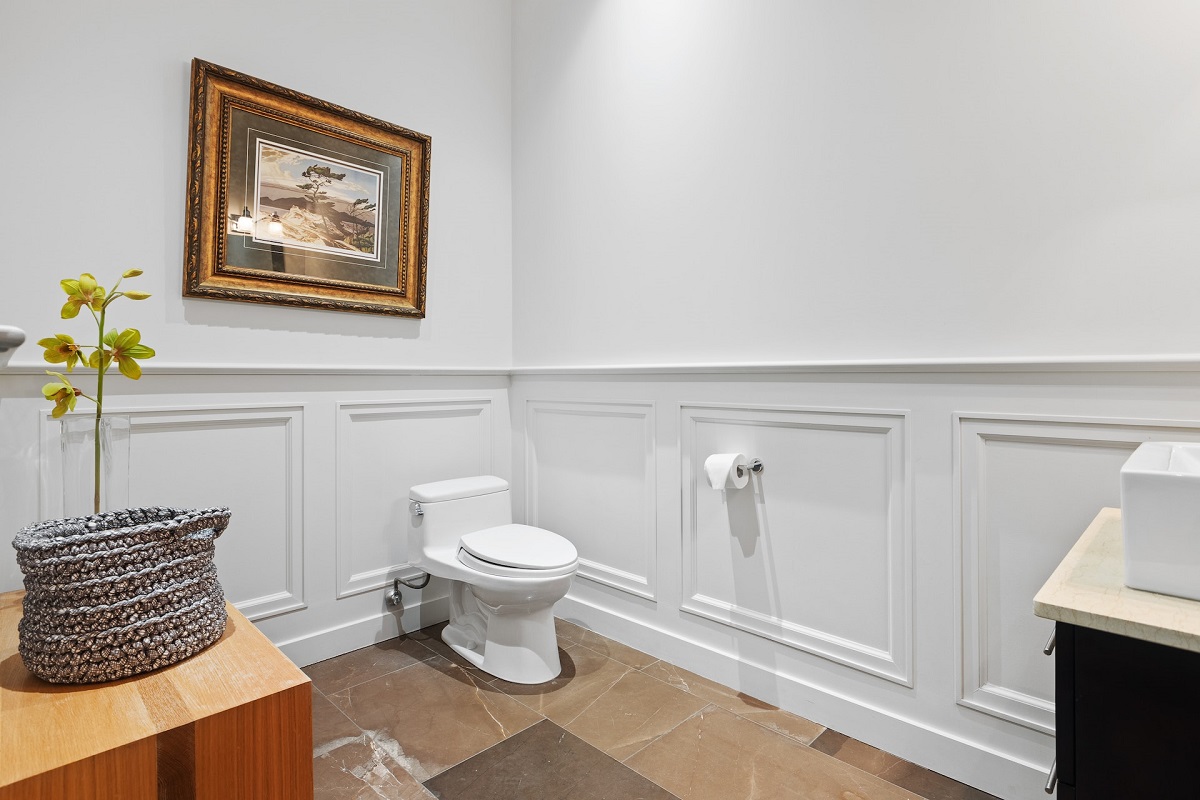


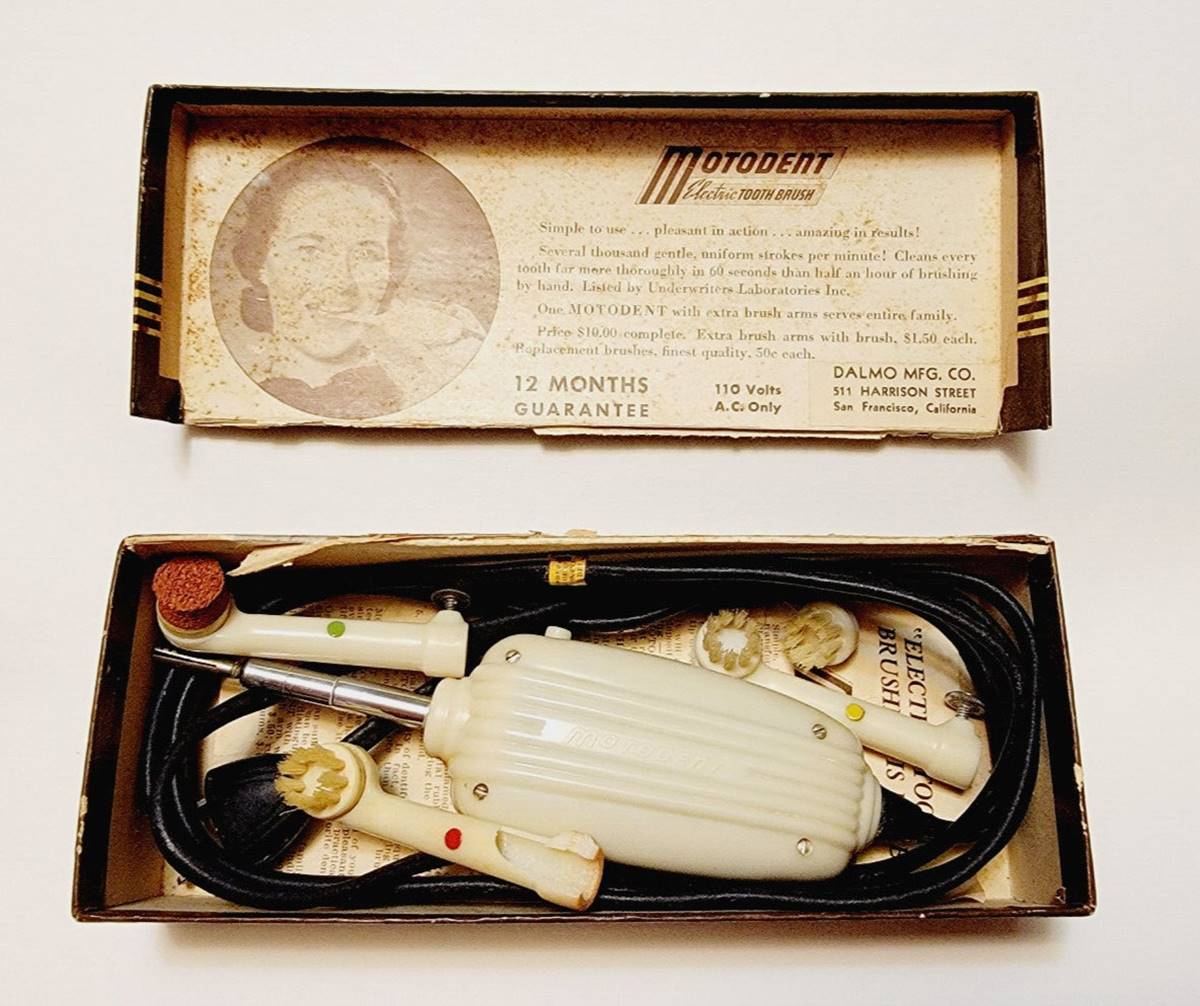
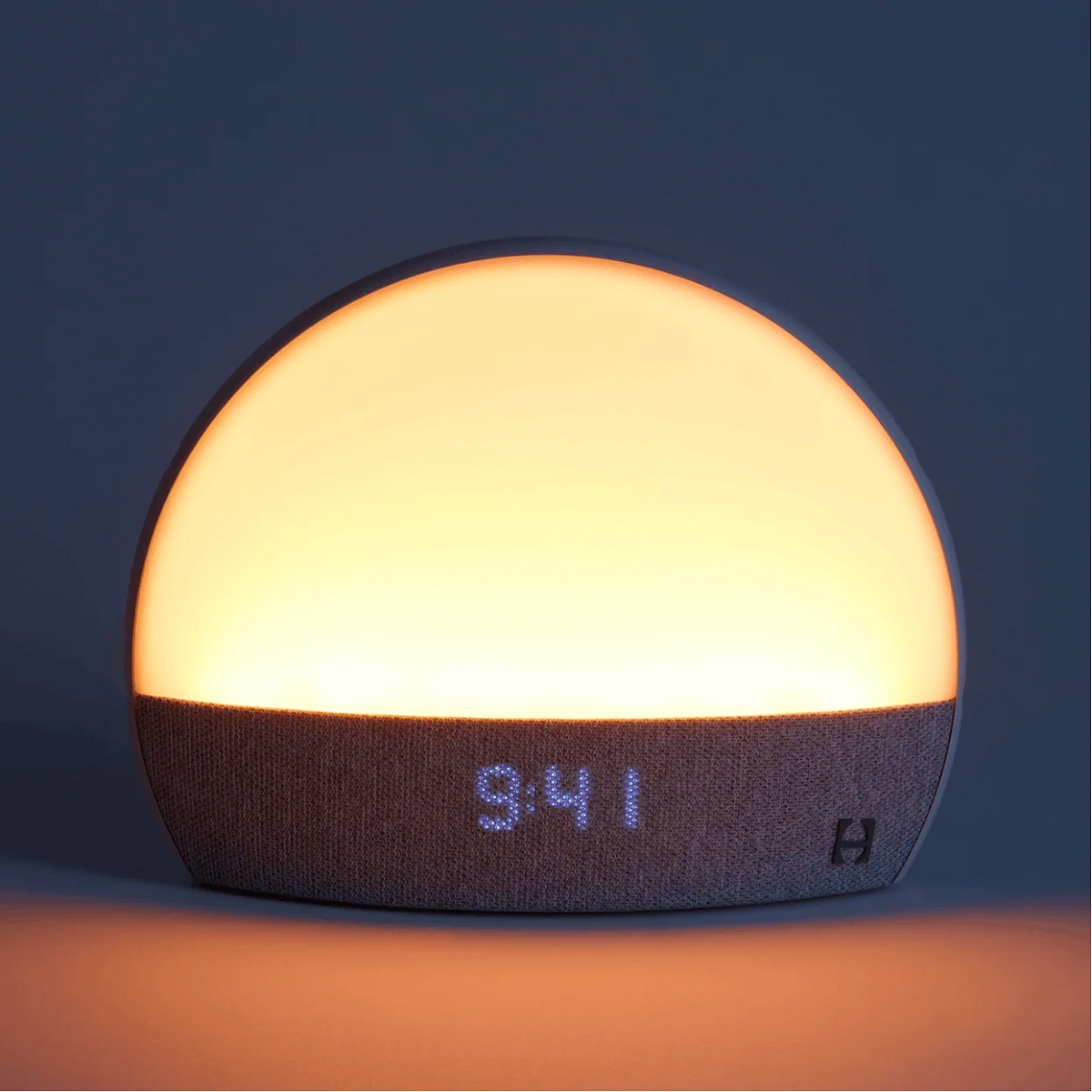
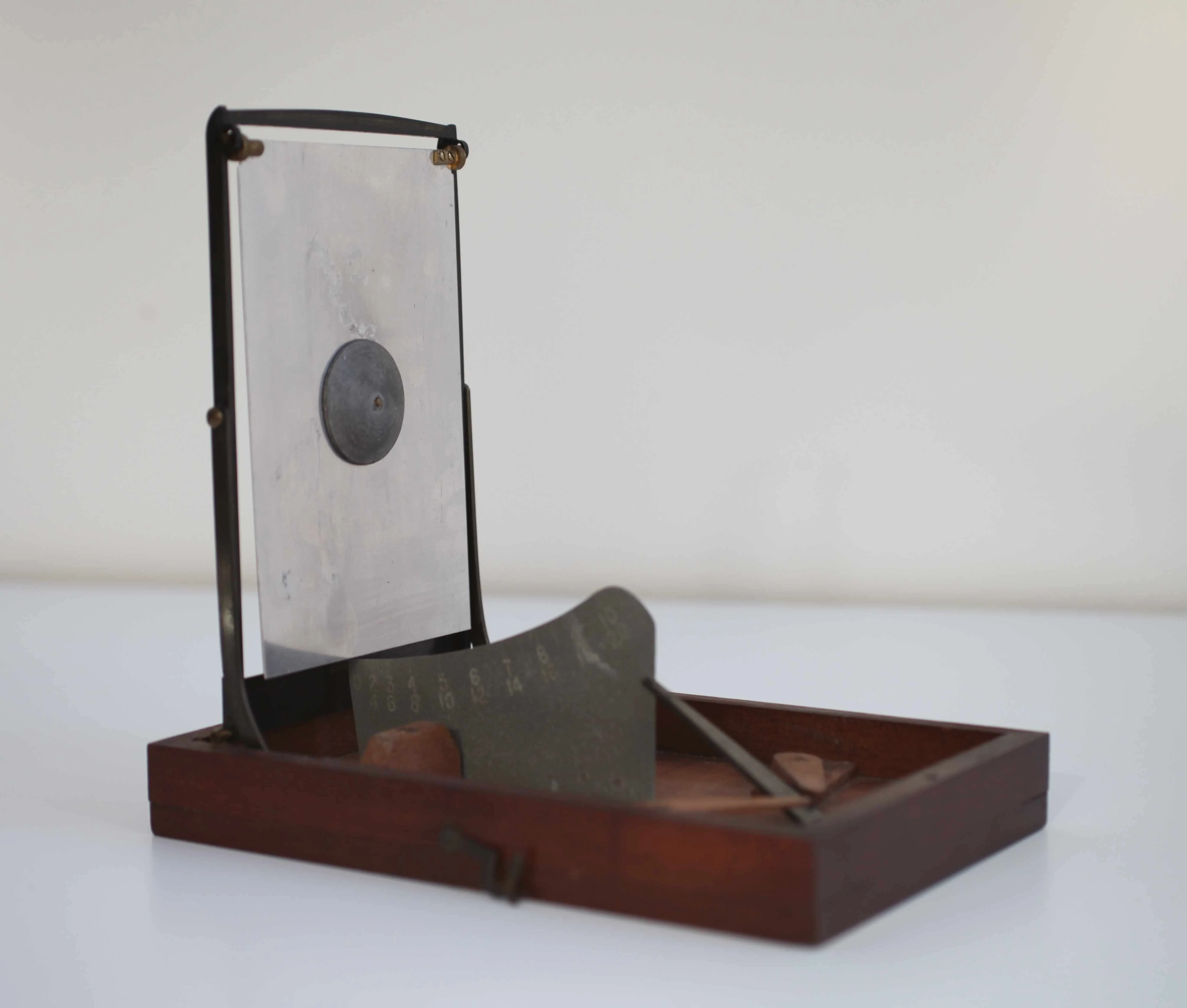
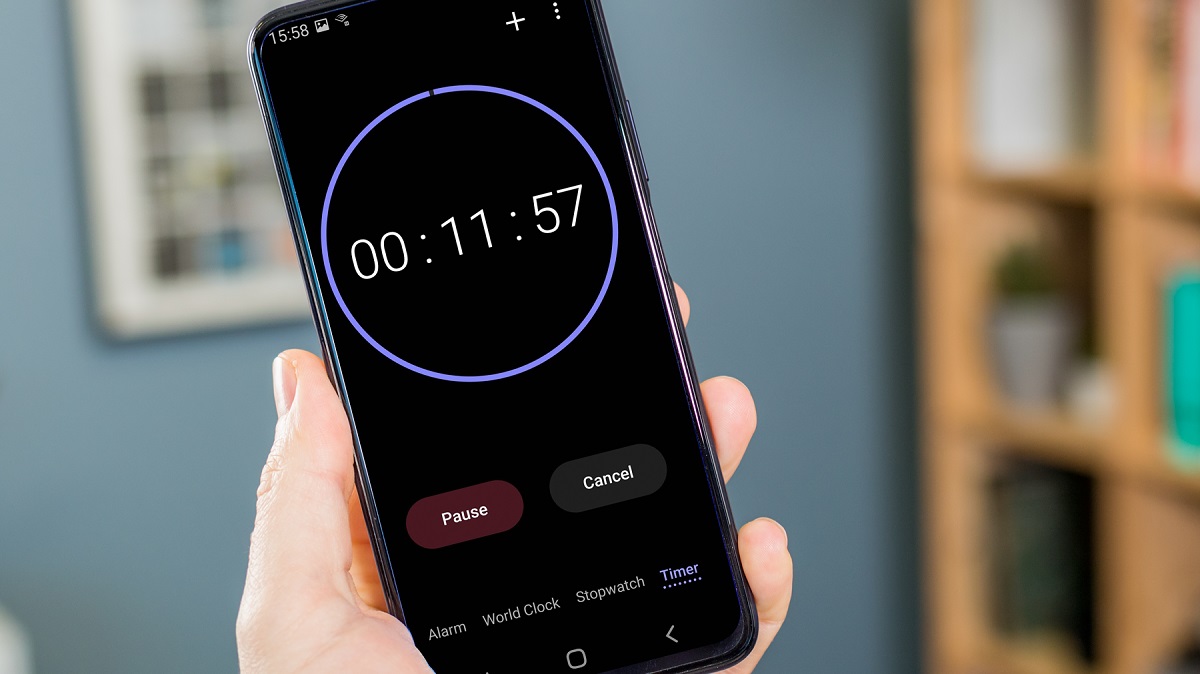



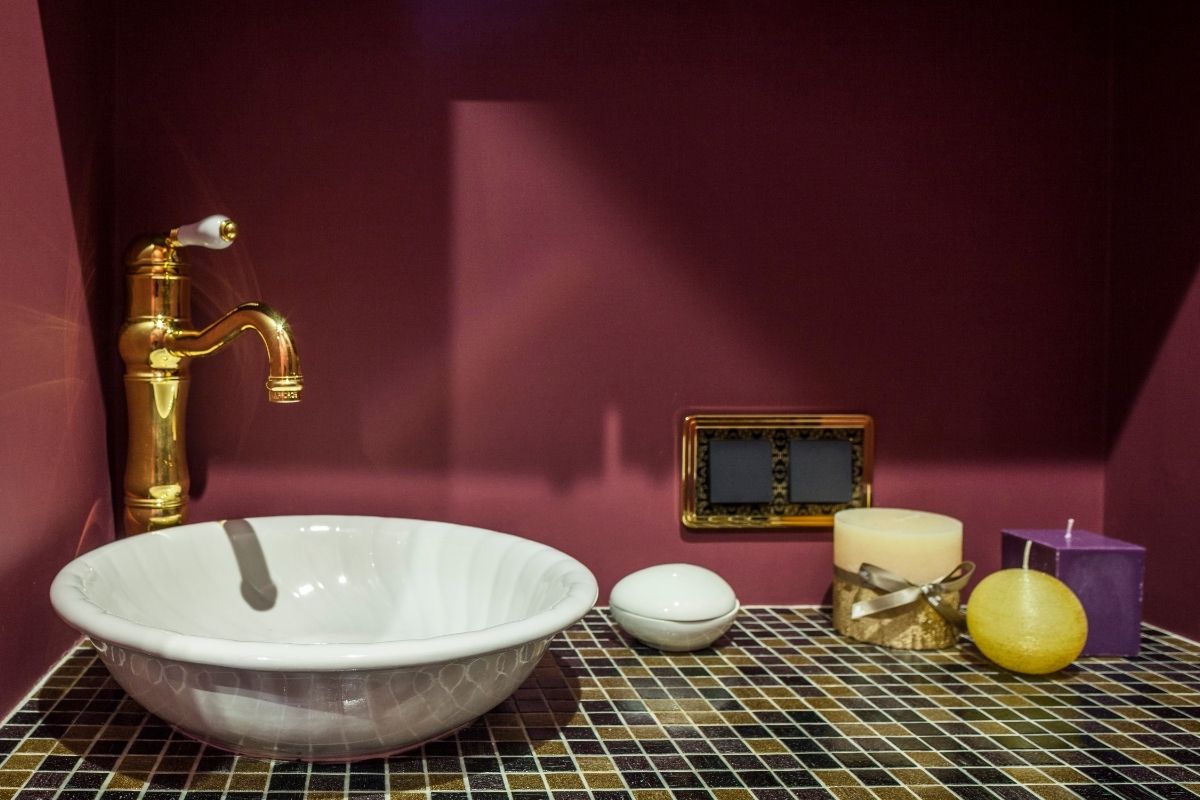


0 thoughts on “When Was The First Digital Alarm Clock Invented”